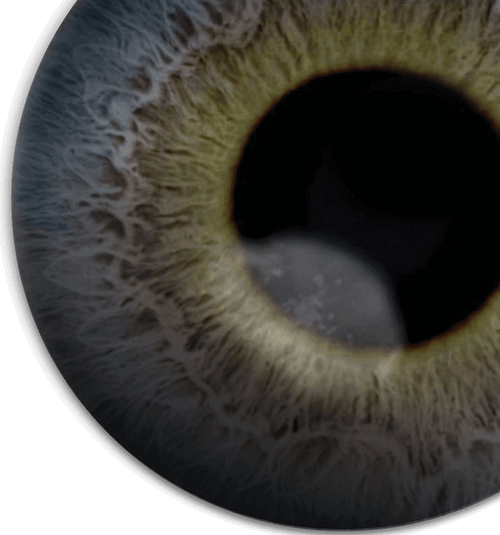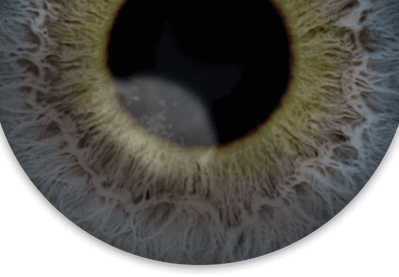What is NK?
Neurotrophic keratitis, or “NK,” is an eye disease that may be caused by damage to the corneal nerves. This damage may lead to poor healing and degeneration of the cornea. If not treated, it may lead to a corneal ulcer (an open sore in the cornea).
NK is considered a rare disease and is estimated to affect approximately 70,000 people in the United States.*
*Based on the IRIS® Registry (Intelligent Research in Sight) data published in 2022 and adapted number based on the US population.
This image is for illustrative purposes only.


Understanding your cornea & corneal nerves
The cornea is one of the most sensitive structures in the body. As the outermost structure on the front of the eye, it protects the eye’s inner contents.
- Protects your eye from bacteria and dust
- Helps keep your eye from drying out
- Helps you see by focusing light into your eye
- Send signals to your brain to blink and produce tears to help maintain a healthy surface
- The colored part of your eye that contains the pupil
- Helps control the size of the pupil
- The round opening at the center of your eye
- Changes size to control the amount of light going into your eye
- Corneal nerve damage leads to impairment of healing and corneal epithelial breakdown, which may lead to NK
- Corneal nerves are essential to the health of your ocular surface. Damage to these nerves can disrupt communication between the eye's surface and the brain
This image is for illustrative purposes only. This is not an exact representation of a patient.
There are many risk factors that may lead to NK
Diseases or conditions that can cause nerve damage may lead to neurotrophic keratitis (NK) including, but not limited to, herpes infections of the eye, diabetes, and chronic dry eye disease.
*Do not stop using any eye drops without instruction from your doctor.These images are for illustrative purposes only. These are not an exact representation of a patient. This list is not exhaustive.
Talk to your doctor about what may have potentially caused the underlying nerve damage
Symptoms of NK may vary from person to person
Neurotrophic keratitis (NK) is a rare disease that requires professional diagnosis. In the early stages, some people with NK may experience:
These images are for illustrative purposes only. These are not an exact representation of a patient.
In later stages of disease, corneal ulcers and perforation may occur—but some people may not complain of symptoms at all due to the lack of feeling.
Talk to your doctor about any symptoms you may be experiencing
Connect with us
Sign up to receive more information, including tools and resources for accessing and using OXERVATE.
ALL FIELDS REQUIRED